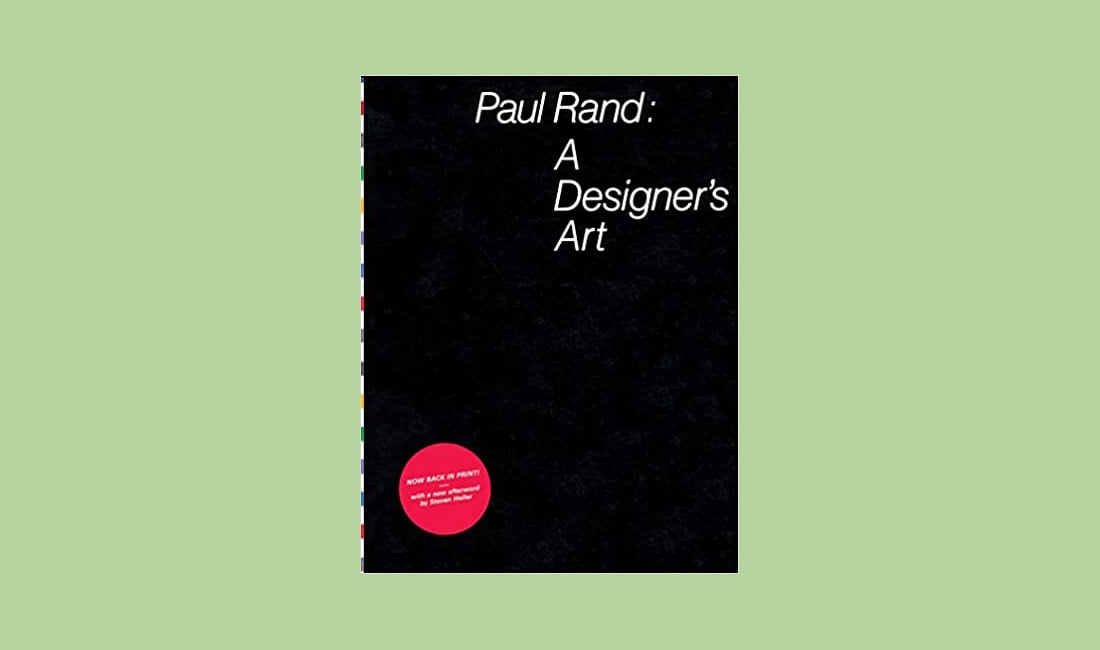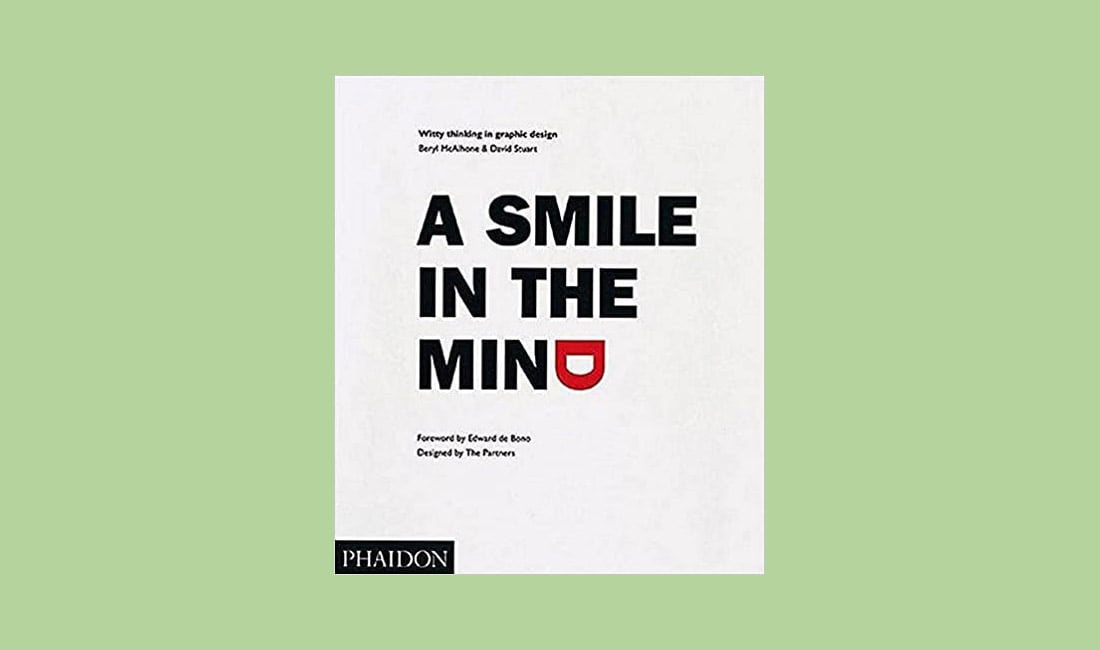Most designers are visual learners. You learn more from looking at another design than reading about it. But that doesn’t mean you can’t learn design from books.
In fact, books are the best source for learning techniques and gaining knowledge from experts. According to a report, reading physical books helps you to think outside the box, develop problem-solving skills, and enhance creativity, among many other benefits.
The knowledge you can gather from a great design book can’t be matched with a YouTube tutorial or even an online course. To show you how great books can be, we handpicked the best web design and graphic design books you can read to level up your skills.
Read them all if you can but even reading just one book from this list is enough to add more to your design knowledge. Have a look.
Steal Like an Artist
Steal Like an Artist by Austin Kleon is one of the first books you should read as a beginner. Because, when starting out, we all suffer from the imposter syndrome and a lack of confidence in our skills. This book will help wash all those doubts away.
The book shows that nothing is original. Even the greatest pieces of art were inspired by creations by other artists. The key is to add your own unique touch and make them better.
Whether you’re an artist, web designer, or graphic designer, everyone should read Steal Like an Artist to learn to create things that you wished existed.
Paul Rand: A Designer’s Art
Paul Rand is a legend among graphic designers. He crafted some of the most iconic logo designs of our time, including the logos for IBM, UPS, ABC, and many more. This book is a collection of Rand’s best designs.
Alongside the designs, A Designer’s Art also includes unique insight into Rand’s iconic designs. There are also 27 essays written by Rand with over 200 illustrations.
If you’re getting started in graphic design, this book is a treasure trove of knowledge you should keep on your desk at all times.
The Design of Everyday Things
User Experience Design (UXD) is now an important part of both web and graphic design. There are many books and courses you can follow to learn the technical side of UXD. But, The Design of Everyday Things is the perfect book you can read to understand what UXD is all about.
This book will guide you in learning more about human-centered design and how to incorporate psychology while following standard guidelines to create usable designs.
Ultimately, this book is about learning how to create designs and products that satisfy your audience and customers.
Universal Principles of Design
Creativity is a big part of the web and graphic design. It’s part of the reason why designers are encouraged to use their creativity to craft unique designs. But, while you experiment with new things, you should always remember that there are rules and guidelines you need to follow at the same time.
Universal Principles of Design is a very informative book every designer should read to learn the technical side of design, including the principles, guidelines, and theories.
Mainly, it’s a book for understanding the difference between good and bad design. And a must-read for beginners.
Don’t Make Me Think
Why do most websites have a navigation menu on top of the website? Why do almost all websites scroll down but not sideways? There’s a reason why websites are designed in a certain way. This book will show you why.
Don’t Make Me Think is a great book web designers can read to understand the usability of website design. From the early days of the Internet, we are used to browsing the web in a certain way. The book will teach you how to craft usable and practical websites.
Design Elements, Color Fundamentals
There’s a lot more to color than meets the eye. In fact, there’s an entire psychology of color that strongly affects the effectiveness of your design. This book is a great place to start learning about these concepts and color theories.
Design Elements, Color Fundamentals is a book quite useful to both web and graphic designers. It teaches you how to use colors to effectively communicate through your designs. As well as to make more persuasive designs.
Know Your Onions
If you’re completely new to graphic design or thinking about getting started as a designer, this is a book you can read to understand what it means to be a designer.
As you can guess from the title, Know Your Onions is a humorous guide to graphic design, but with practical advice. It includes the experience of a 25-year old veteran who shares his advice on how to come up with ideas, finding inspiration, developing concepts, and much more.
The book is also illustrated so you’ll have visual guides to refer to while learning and exploring the topics of graphic design.
Neuro Web Design
Every business website is designed in a way to persuade the user to take action. There’s a reason why most Call to Actions (CTA) are placed on the top half of the websites. Or why the “Buy” buttons have a green or red color. This book unravels the secret psychology behind web design.
The book will help you understand why users react to certain designs the way they do, how some designs evoke emotions, as well as generate more clicks.
If you want to learn how to make your designs more effective, start with this book.
100 Things Every Designer Needs to Know About People
After reading Neuro Web Design, be sure to pick up this book to learn more about human behavior and how it connects to certain design elements. This book will help you further expand your knowledge on human interaction and how it affects usability.
It’s a very long title but it perfectly summarizes what the book is about. The book will teach you to think twice about adding elements to your website designs, choosing colors, writing copy, and more. It will also show you how to make designs that grab and hold the user’s attention.
Thinking with Type
Most designers don’t think too much about choosing fonts for designs. They just go with the font that looks the best for a certain project. But, there’s a lot more you need to understand about typography than good looks.
Thinking with Type is a guide to understanding how typography works and its underlying psychological effects on humans. It’s also a complete handbook on all the technical aspects of typography. It covers stylesheets, using ornaments, font formats, and so much more.
Web designers and graphic designers should read this book to understand typography better.
The Laws of Simplicity
Minimalism is now a popular trend and a concept used across web and print media. It’s kind of like the antidote to the information-overloaded world we’re living in. The Laws of Simplicity is a very thoughtful book you can use to understand minimalism in design and the main elements of creating simple designs.
The book covers three main areas, including design, technology, and business life. MIT professor John Maeda shares the laws you can use to create designs and products that are simple yet more effective. There are so much designers can learn from this book.
Ruined by Design
Ruined by Design is a thought-provoking book that shows you the dark side of design. It covers how some designers have helped create evil things like guns and nuclear weapons that caused mass destruction.
While it seems like a political book on product design, there’s a lot more to it than what the title reads.
Reading this book will give you more insight into how to approach jobs like designing an ad for an alcohol brand, a marijuana company, or software that tracks users. It’s also about learning the ethics of such designs and how to make better decisions as a designer.
A Smile in the Mind
A Smile in the Mind is a different kind of design book that challenges you to think beyond the common concepts of design. It argues that great designs aren’t the ones that are most attractive or effective, but the ones that are memorable.
This book will teach you to look at designs in a different way and learn to craft websites and graphic designs that leave your mark in the world, ones that users will remember for a long time.
Conclusion
There’s a lot you can learn about design from online magazines and blogs too. And we invite you to explore some of our guides, articles, and resources to learn more great things about design. You can start by reading our in-depth feature guides.













